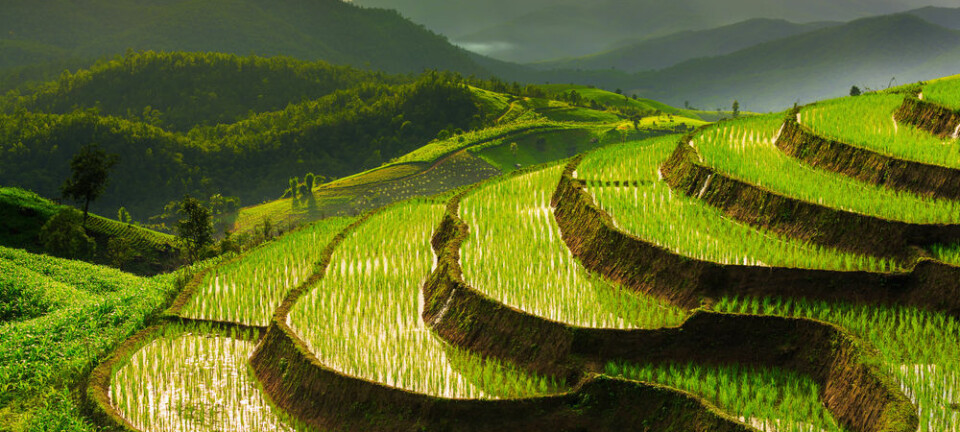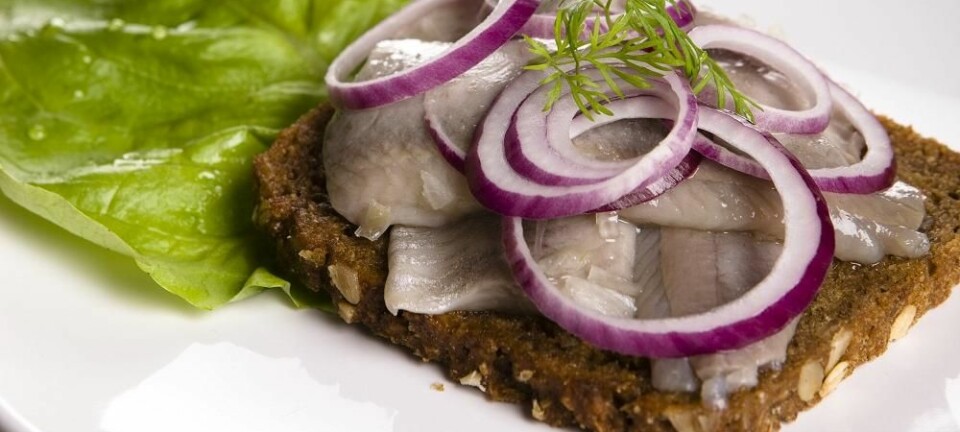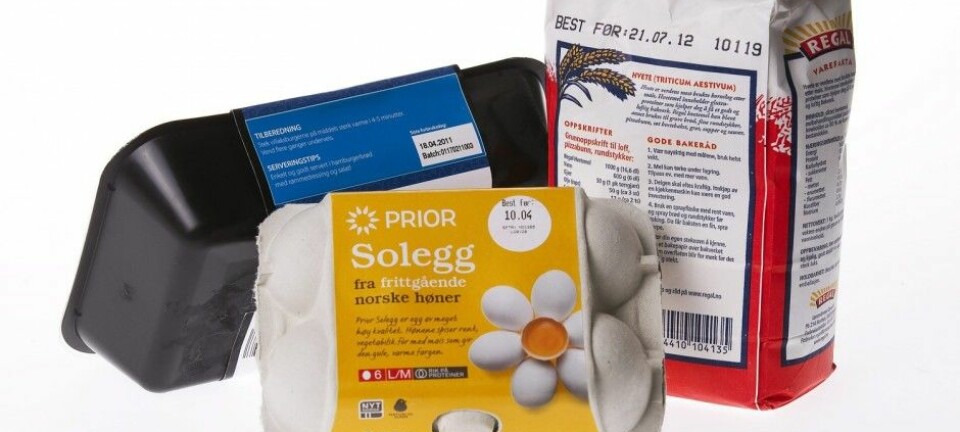3D-model of cream cheese can reduce food waste
Scientists have for the first time created a 3D-picture of a food product. The new knowledge has the potential to reduce food waste due to defective products.
Video: A 3D-model of cream cheese helps scientists understand the structure of our food and could help to cut waste in the food industry (Video: University of Copenhagen, Denmark)
Cream cheese is an essential ingredient for a delicious cheese cake or a tasty bagel. But it is also providing new scientific insights into the 3D-structure of food products.
“There is still a lot that we don’t know about the structure of food, but this is a good step along the way to understanding and finding solutions to a range of problems related to food which cost the food industry a lot of money,” says co-author Jens Risbo from the Institute of Food science at the University of Copenhagen, Denmark, in a press release.
The new study in published in the scientific journal Food Structure.
A CT-scan of cream cheese
The cream was based on vegetable fats and made especially for the research. The scientists behind the research chose cream because it represents the structure of a large group of different food products, for example yoghurt and cream cheese.
Risbo and colleagues scanned a cream chesee product in a CT-scanner to create a 3D-model.
“The food sample is rotated and moved around with nanometer precision while we send a very strong and focused X-ray beam through it," says co-author Mikkel Schou Nielsen, a Ph.D. student at the Niels Bohr Institute, Denmark.
"The X-rays are deflected by collisions with electrons in the food, and this creates a pattern of diffracted X-rays, which are then combined in a powerful computer to reconstruct a 3D-image of the sample," he says in the press release.
Perfect chocolate reduces food waste
The new results offer a three-dimensional insight into individual food components such as water and fat in the cream cheese. All of which help to create a consistent product.
By reducing the inconsistencies in food production and the number of defective batches of food, Risbo and colleagues hope that it will ultimately reduce waste in the food industry.
"It's about being able to understand the texture of the food,” says Risbo in the press release.
“If we can understand the structure of chocolate better, then we can change it and obtain exactly the consistency that we want. A lot of money is wasted because it’s really hard to control the consistency of chocolate. Often the end product isn’t good enough and it’s discarded,” he says.
---------------
Read the Danish version of this article on Videnskab.dk
Translated by: Catherine Jex











